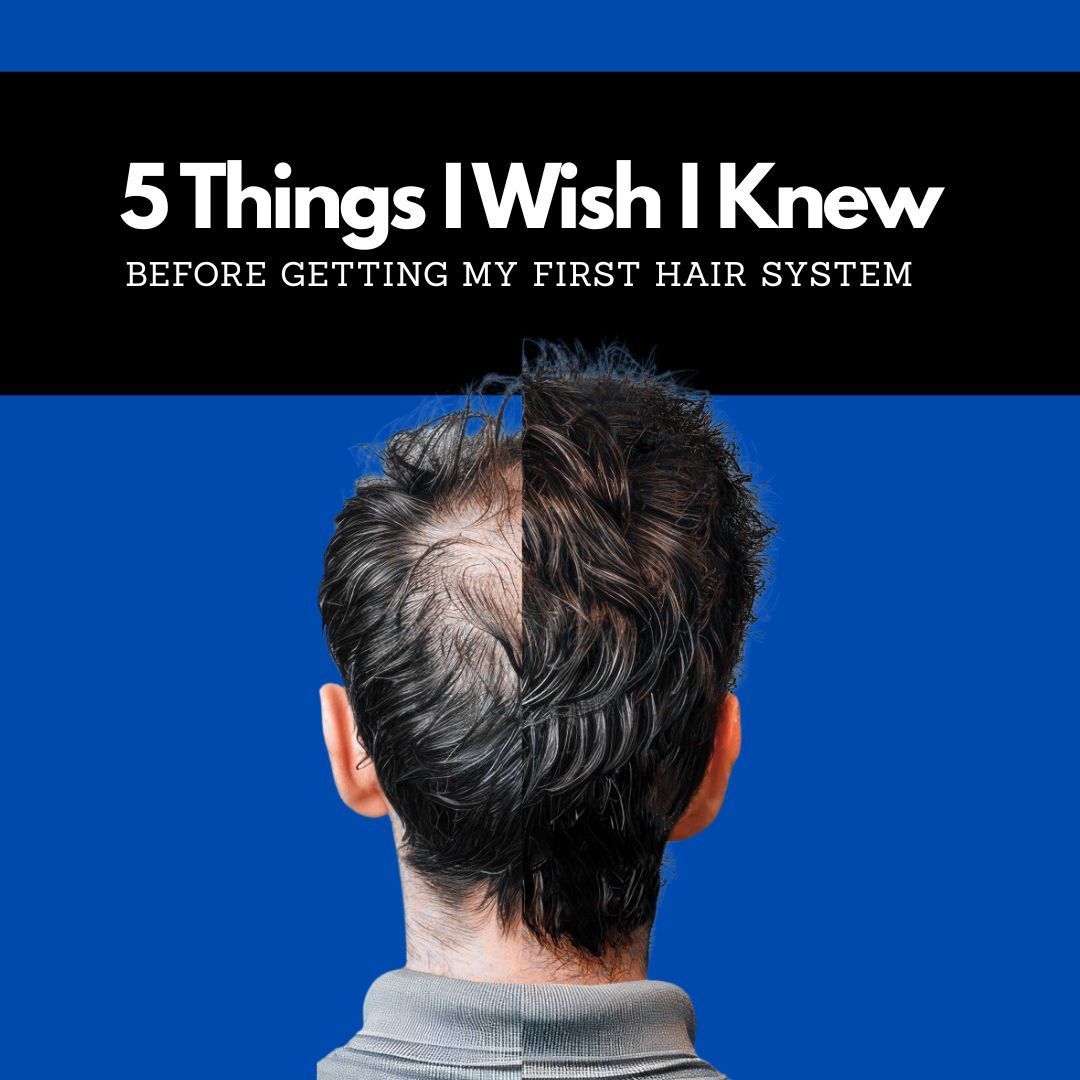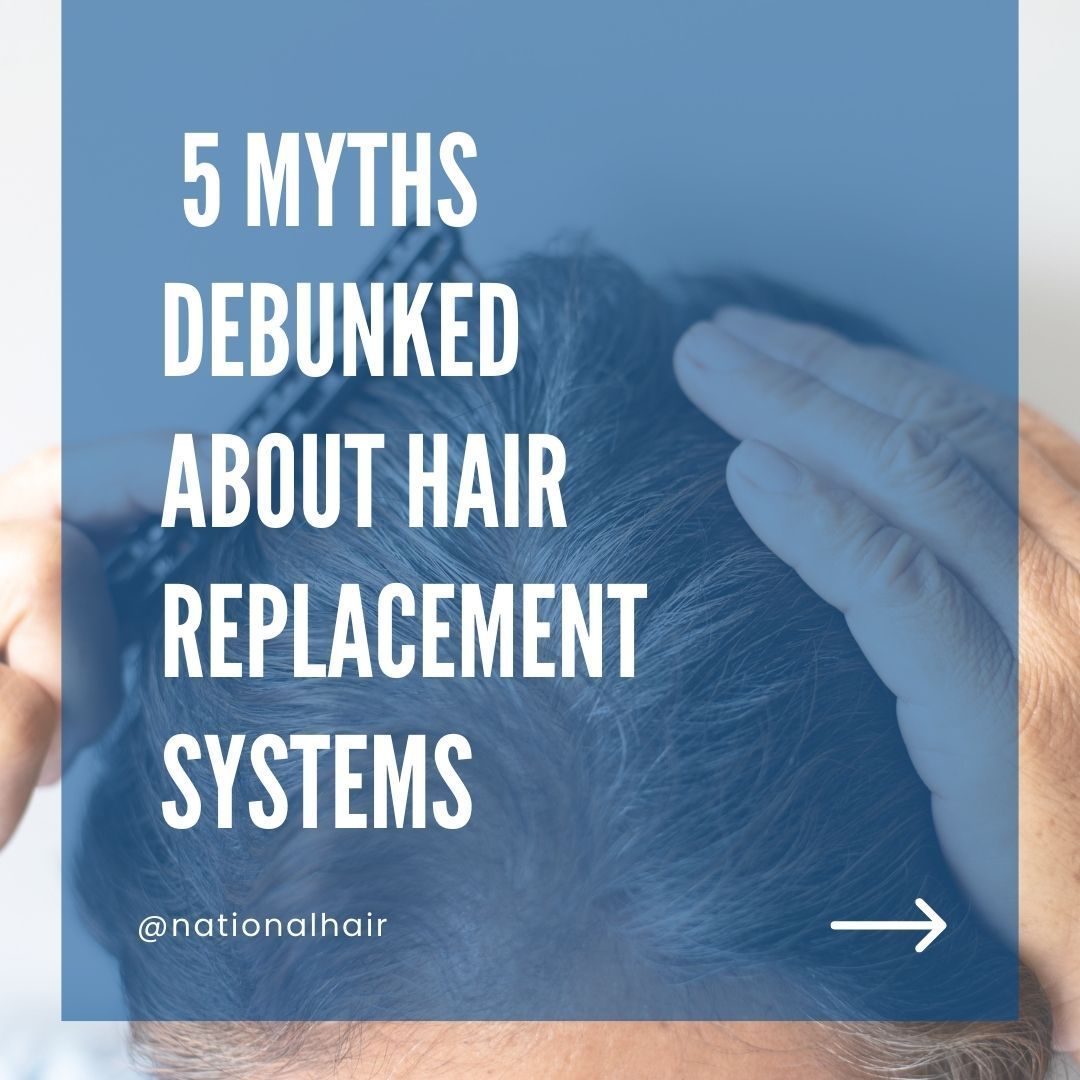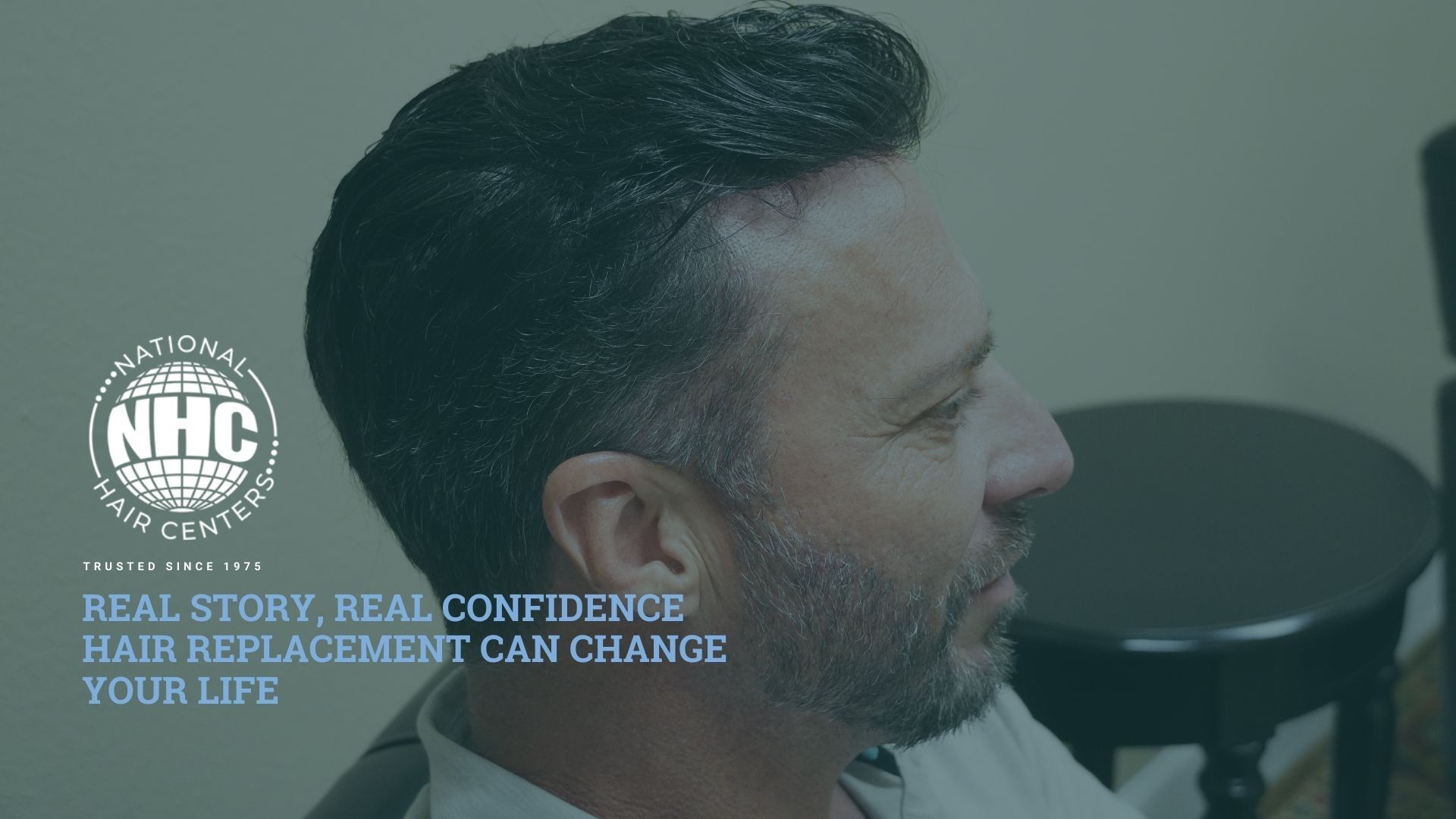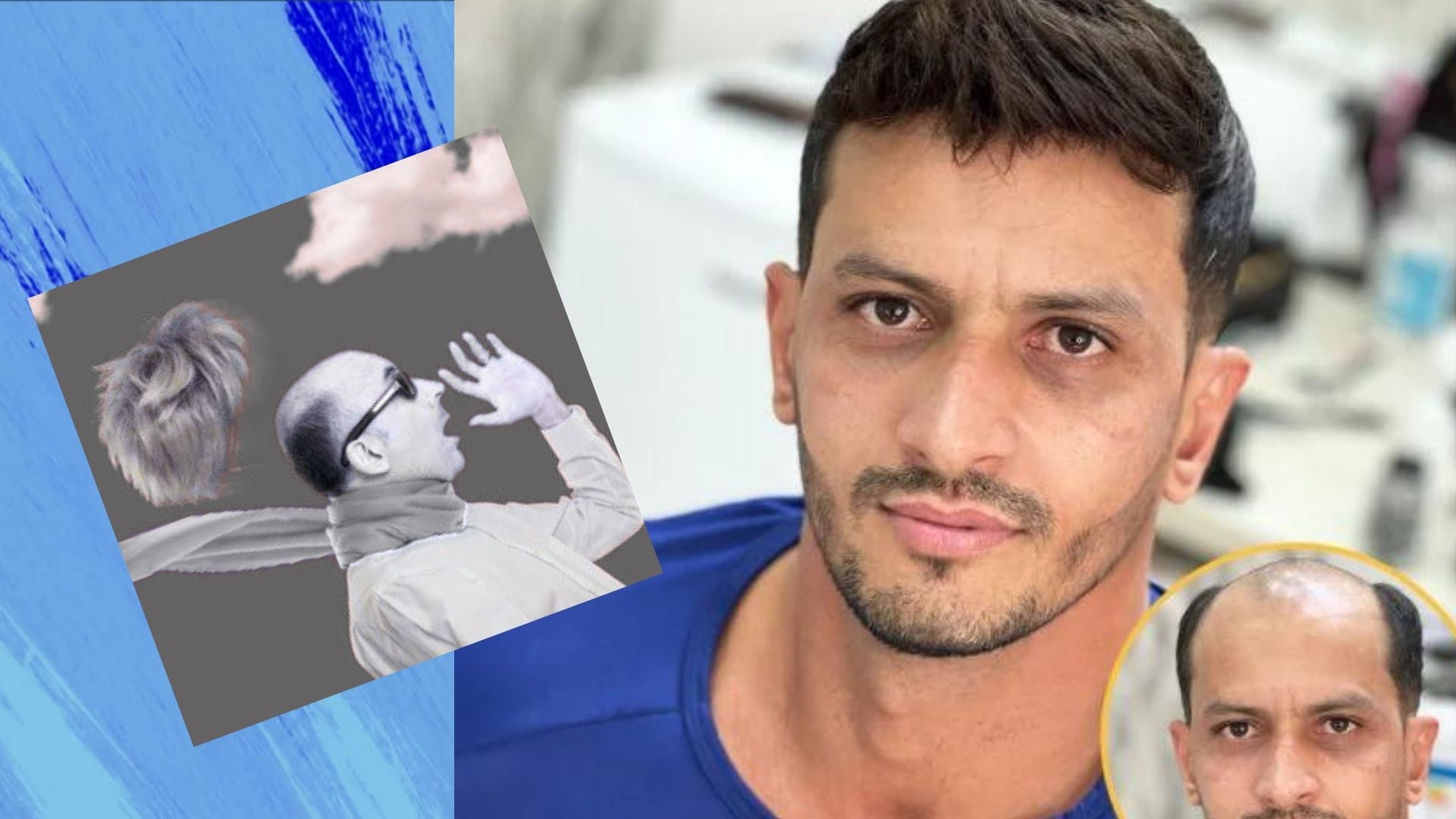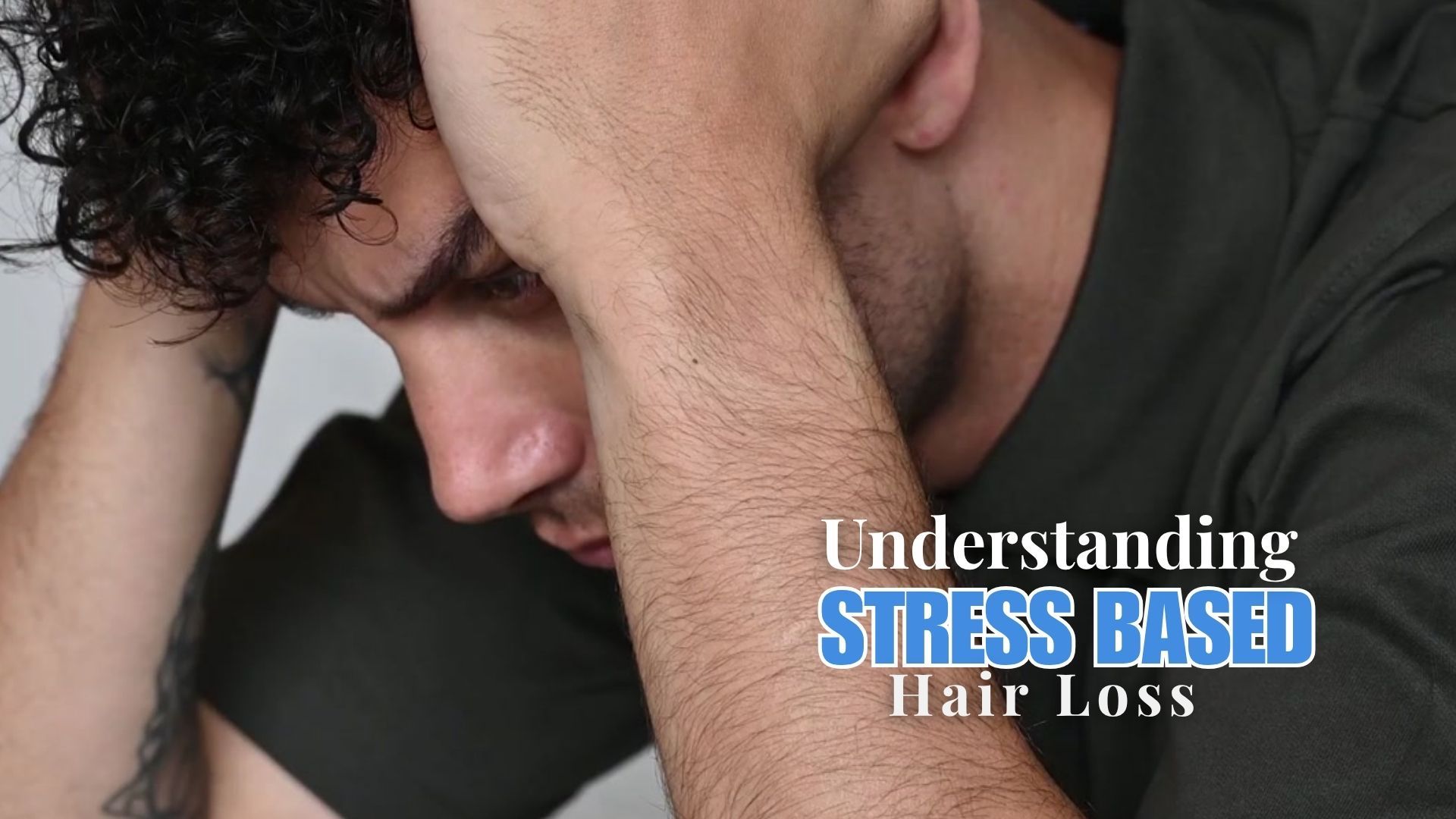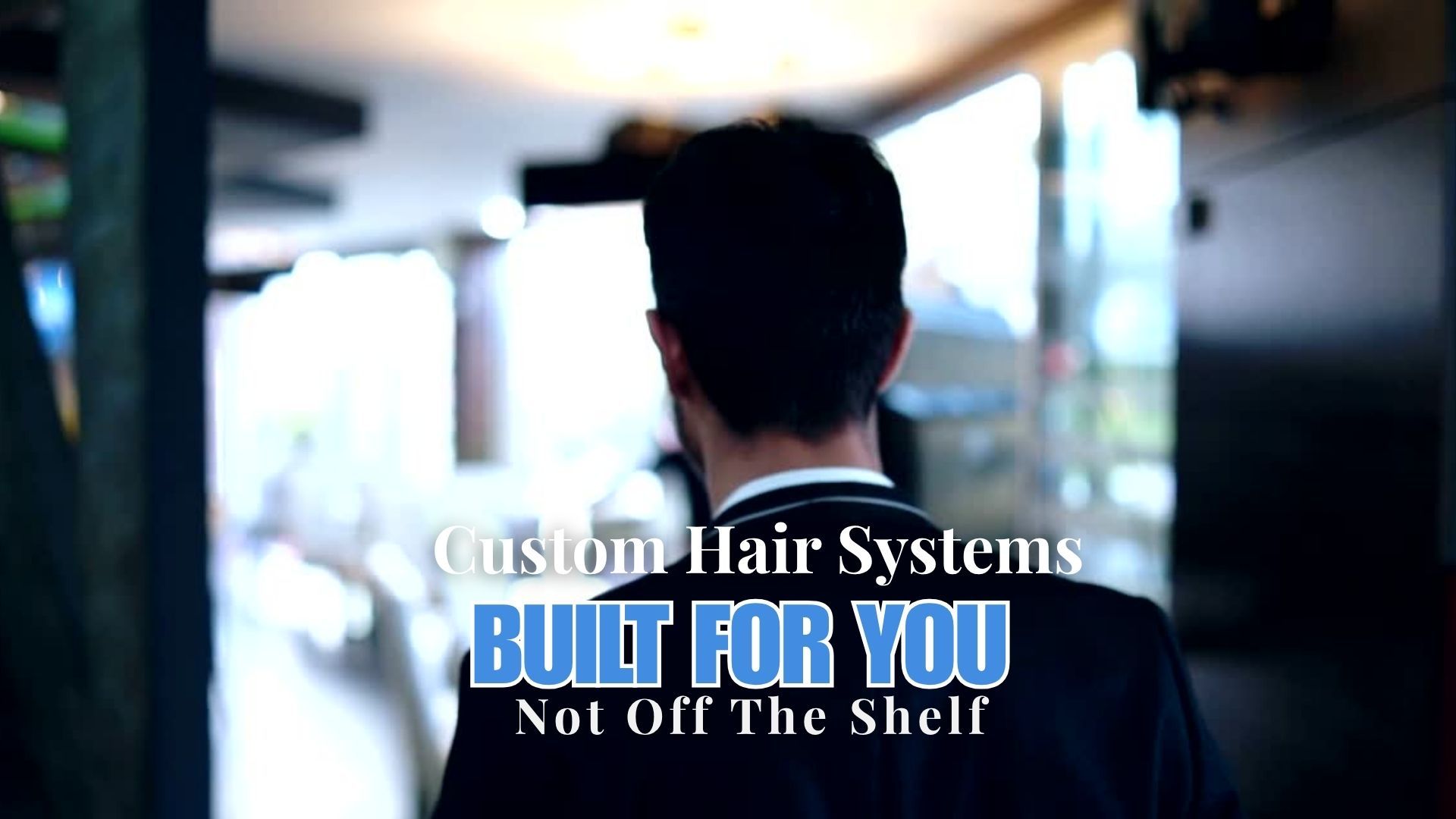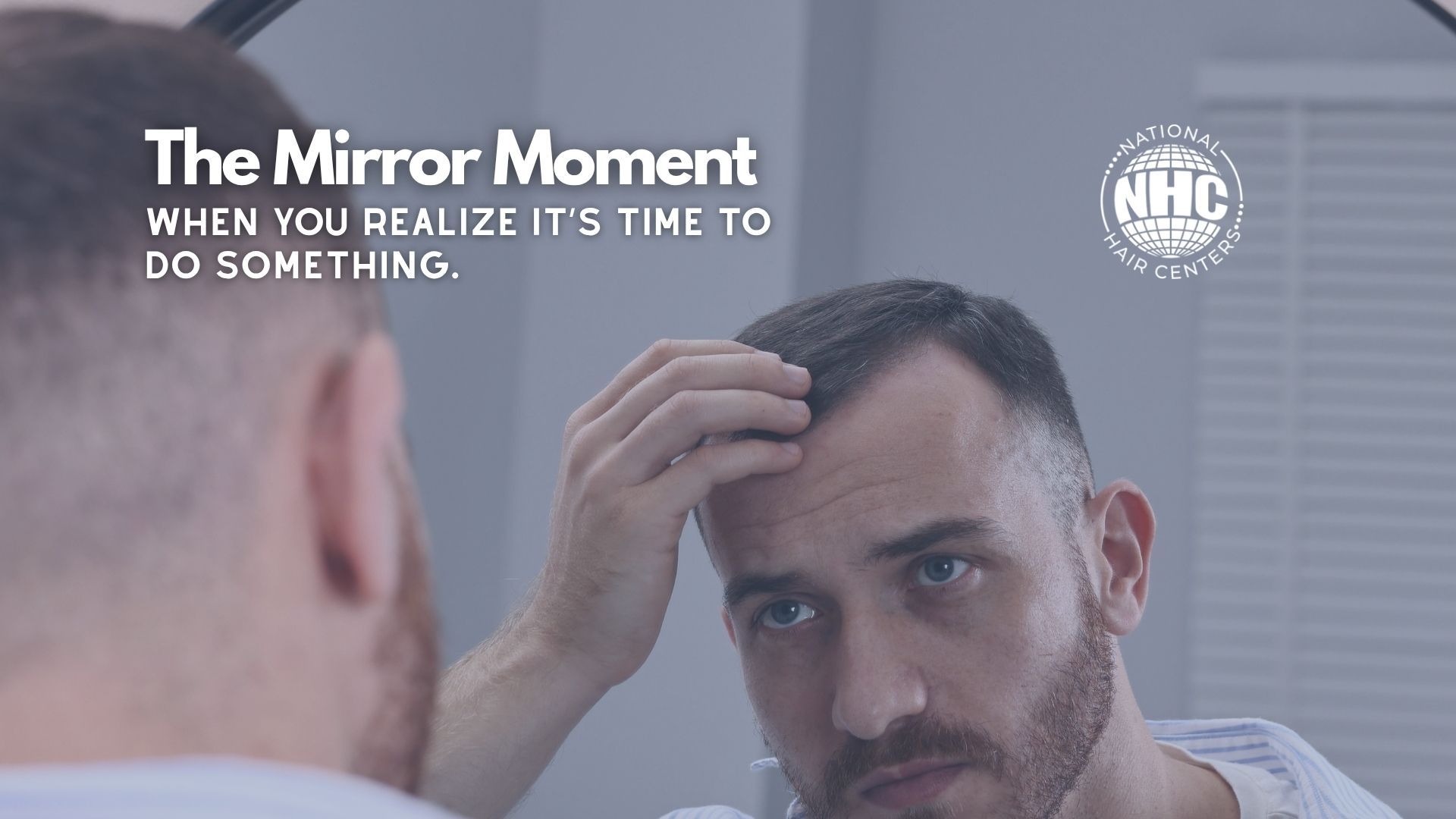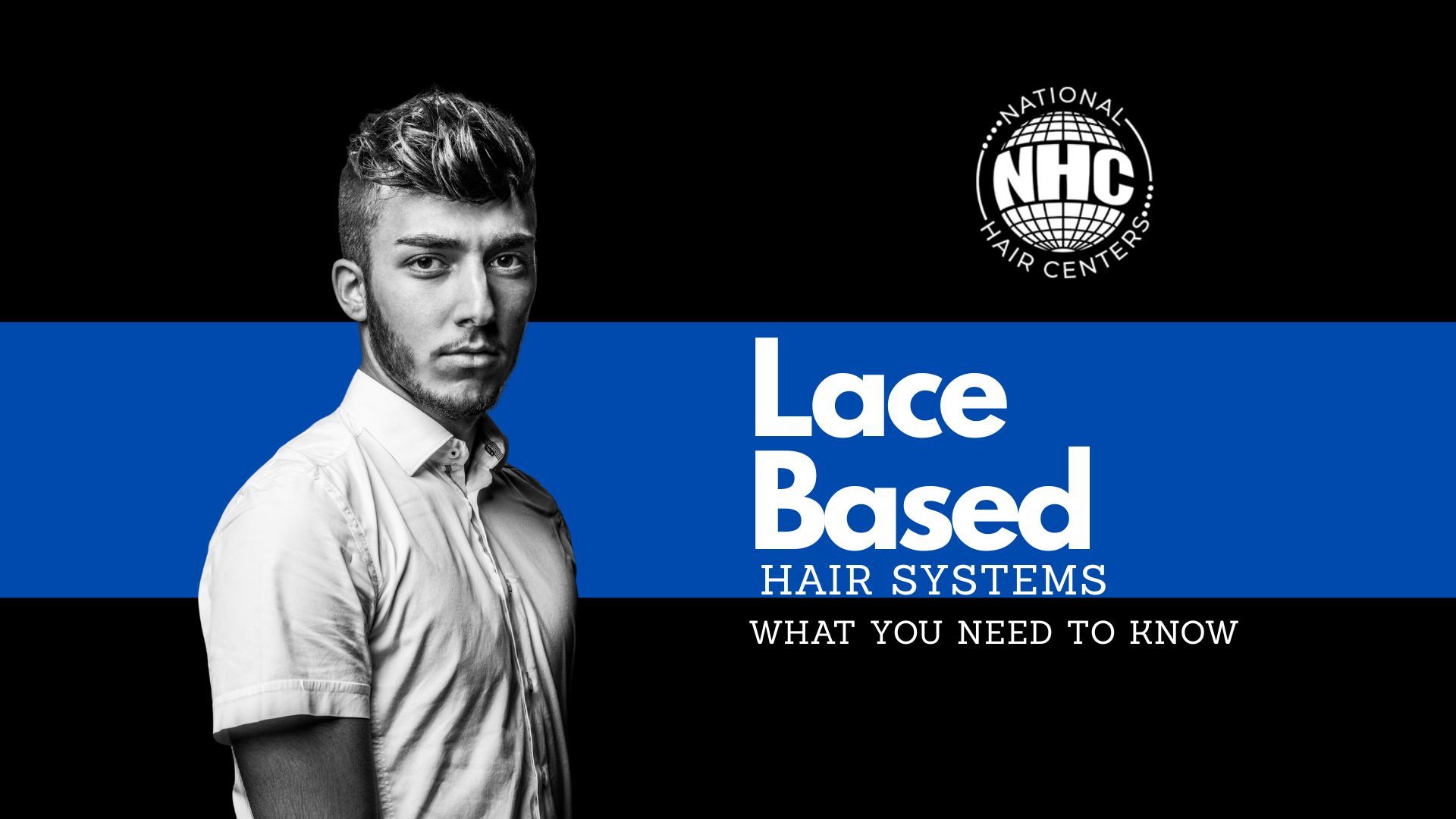The Link Between Autoimmune Diseases and Hair Thinning

John had always taken pride in his thick, wavy hair. It was a big part of his identity. But over a few months, he noticed more hair in the shower drain and thinning around his temples. Initially, he chalked it up to stress or age. However, when small bald patches started to form, he sought medical advice. After several tests, John received a diagnosis of alopecia areata, an autoimmune disorder where his immune system was attacking his hair follicles.
John’s experience is shared by millions who suffer from hair thinning due to autoimmune diseases like alopecia areata or lupus. The sudden and unexpected hair loss can be emotionally draining, and many feel lost when it comes to finding the right treatment. But with a better understanding of the connection between autoimmune diseases and hair thinning, more people can find effective solutions.
Autoimmune Diseases and Hair Thinning: What’s the Connection?
Autoimmune diseases occur when the immune system mistakenly attacks healthy tissues. In the case of hair thinning, the immune system attacks hair follicles, disrupting the hair growth cycle and causing hair to fall out or thin.
Two of the most common autoimmune conditions that cause hair thinning are:
- Alopecia Areata: A condition where the immune system attacks hair follicles, leading to sudden hair loss in round patches.
- Lupus: A systemic autoimmune disease that can lead to hair thinning or permanent hair loss if the scalp is affected by lupus lesions.
Other autoimmune conditions, such as thyroid disorders (e.g., Hashimoto’s thyroiditis), can also lead to hair thinning due to the disruption in normal hormone levels, which affects hair growth.
What Are the Symptoms of Autoimmune-Related Hair Thinning?
Hair thinning caused by autoimmune diseases often has distinct characteristics that differ from typical hair loss. Key symptoms include:
- Patchy Hair Loss: Common in alopecia areata, this condition causes hair to fall out in small, round patches, often suddenly.
- Overall Thinning: For autoimmune diseases like lupus or thyroid conditions, thinning can occur more diffusely, leading to a general reduction in hair density.
- Hair Fragility: Hair may become brittle and break easily before noticeable thinning begins.
- Scalp Inflammation: Red, inflamed, or scaly patches on the scalp often accompany hair loss, especially in lupus-related cases.
The emotional toll of losing hair to autoimmune diseases can be overwhelming. Many individuals experience feelings of anxiety, depression, or social withdrawal. Studies show that nearly half of individuals with alopecia experience significant emotional distress due to their hair loss.
How Common Is Hair Thinning Due to Autoimmune Diseases?
Autoimmune-related hair thinning is more common than people may realize. The National Alopecia Areata Foundation estimates that about 6.8 million people in the U.S. will experience alopecia areata at some point in their lives . Lupus, on the other hand, affects approximately 1.5 million Americans, and many of these individuals report hair thinning as a key symptom .
Unfortunately, many people don’t realize that their hair thinning is related to an autoimmune condition and may spend months or even years seeking ineffective treatments.
Treatment Options for Autoimmune-Related Hair Thinning
Fortunately, there are various treatment options to help manage hair thinning due to autoimmune conditions. Results may vary depending on the severity of the condition, but many people experience significant improvement with the right approach.
1. Corticosteroids
- Corticosteroid injections or topical applications are common treatments for alopecia areata. They reduce inflammation in the hair follicles, allowing hair to regrow.
2. Minoxidil
- Minoxidil, a topical treatment, is often used for autoimmune-related hair thinning to stimulate hair growth.
3. Immunosuppressants
- In more severe cases, doctors may prescribe immunosuppressant drugs to help reduce the immune system’s attack on hair follicles.
4. State-of-the-Art Hair Systems
- For individuals looking for more advanced, non-surgical solutions, state-of-the-art hair systems offer a natural-looking way to restore lost hair. These systems, often custom-made, blend seamlessly with existing hair, creating a full and natural look. The latest technology ensures that these systems are lightweight, breathable, and virtually undetectable, allowing people to go about their daily lives with confidence.
5. Hair Restoration Procedures
- For a more permanent solution, hair transplant surgery or other hair restoration procedures may be considered. Laser therapy is another option for some individuals, promoting regrowth in thinning areas.
Take Control of Your Hair Thinning with National Hair Centers
If you’re experiencing hair thinning and suspect it may be due to an autoimmune condition, it’s important to act quickly. The earlier you seek treatment, the better your chances of managing hair loss and encouraging regrowth.
At National Hair Centers, we specialize in diagnosing and treating all types of hair loss, including autoimmune-related hair thinning. We offer a wide range of solutions, from medical treatments and state-of-the-art hair systems to restoration procedures. Our expert team will work with you to find the treatment that best suits your needs, helping you regain your confidence and achieve the look you want.
Contact National Hair Centers today to schedule a consultation. Let us help you explore your options and find the right solution for your hair thinning.
